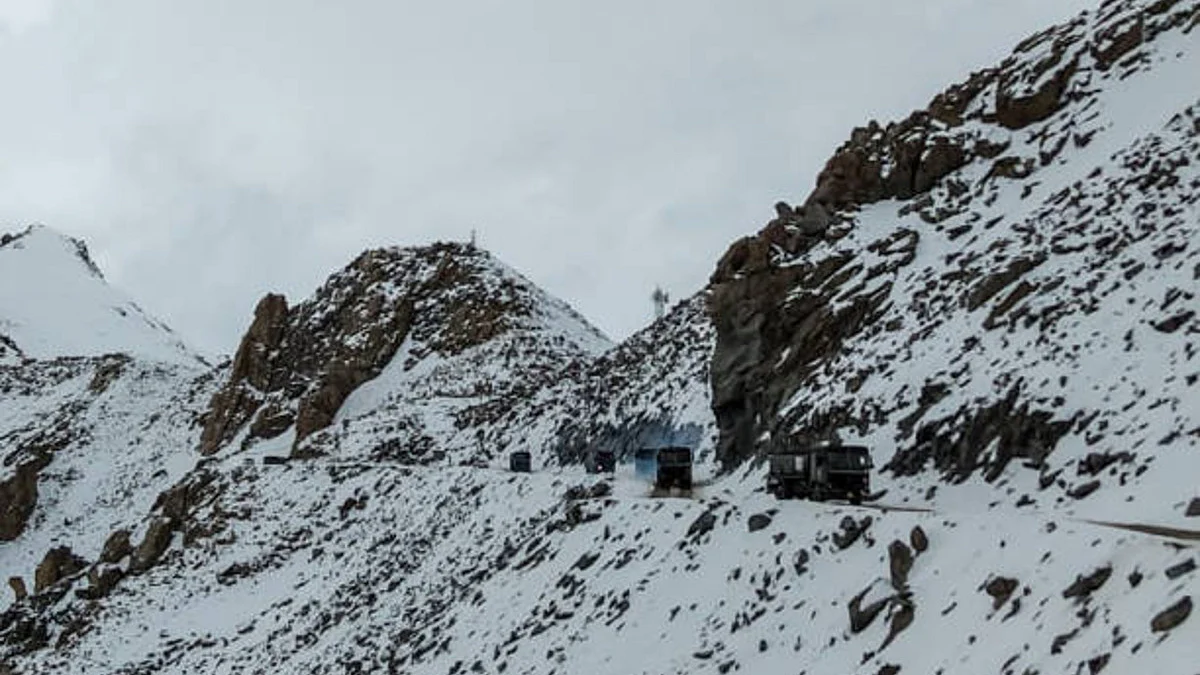Cabinet approves induction of 9,000 more ITBP troops for China border
This, sources said, will entail raising seven new battalions and a new sector headquarters

With the tension along the Sino-Indian border refusing to abate and China continuing to sustain a large number of troops close to the Line of Actual Control (LAC), the Narendra Modi government on Wednesday approved the induction of close to 9,000 troops into the Indo-Tibetan Border Police (ITBP). This, sources said, will entail raising seven new battalions and a new sector headquarters.
These seven battalions will man 47 new Border Outposts and the Rs 4,800 crore scheme will develop border villages in five states and union territories. This development comes when amid the country's standoff with China at various points along the 3,500-km border region.
This will strengthen the security grid on the LAC where Indian and Chinese forces have clashed multiple times in Eastern Ladakh and Arunachal Pradesh in the last few years and Indian forces continue to be denied access to many of their traditional patrolling points in the Depsang plains and the Charding Nalla region in Ladakh.
The raising of seven battalions and 12 staging camps with a strength of 9,400 personnel comes as a follow-up to the January 2020 CCS decision to establish 47 BOPs and 12 Staging Camps. The work on the new BOPs, which are in addition to the existing 176 BOPs, are nearing completion and the raising of battalions are meant to man these facilities.
The decisions to raise seven ITBP battalions and tunnel were taken by the Cabinet Committee on Security (CCS) while that of the 'Vibrant Villages Programme' (VVP) aimed at villages bordering China in Himachal Pradesh, Uttarakhand, Arunachal Pradesh, Sikkim and Ladakh were taken at a meeting of Union Cabinet.
VVP would cover 19 districts in four states and a union territory with an outlay of Rs 4,800 crore for four fiscals till 2025-26 and aimed to encourage people to stay in their villages in border areas and reversing the migration from these villages.
The committee also approved the construction of the 4.1-km Shinkun La tunnel on the Nimu-Padam-Darcha road link to provide all-weather connectivity to the border areas of Ladakh, which also provides for faster deployment of military as it is the shortest route to border areas.
It was reported earlier that India had lost access to 26 out of 65 Patrolling Points (PP) in eastern Ladakh, according to a report submitted at the January annual police meet in Delhi.
The report stated, “Presently, there are 65 PPs starting from Karakoram pass to Chumur which are to be patrolled regularly by the ISFs (Indian Security Forces). Out of 65 PPs, our presence is lost in 26 PPs (i.e. PP no. 5-17, 24-32, 37, 51,52,62) due to restrictive or no patrolling by the ISFs. Later on, China, forces us to accept the fact that, as, such areas have not seen the presence of ISFs or civilians since long, the Chinese were present in these areas. This leads to a shift in the border under control of ISFs towards Indian side and a buffer zone is created in all such pockets which ultimately leads to loss of control over these areas by India. This tactic of PLA to grab land inch-by-inch is known as Salami Slicing.”
These points were routinely patrolled before April-May 2020, which is when China started increasing troops close to the LAC in eastern Ladakh. Twenty Indian soldiers were killed in violent clashes with the PLA on June 15, 2020; at least four Chinese soldiers were also killed.
The report was filed at annual conference of the country's top police officers in Delhi, which was attended by Prime Minister Narendra Modi, Union Home Minister Amit Shah and National Security Advisor Ajit Doval. However, paper did not come up for discussion at the annual Director General of Police (DGP) Conference organised by the Intelligence Bureau (IB) that was held from January 20-22.
Follow us on: Facebook, Twitter, Google News, Instagram
Join our official telegram channel (@nationalherald) and stay updated with the latest headlines